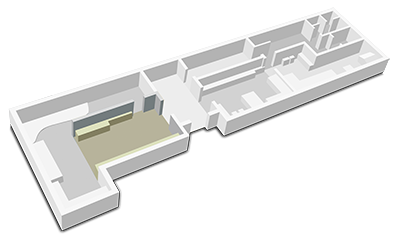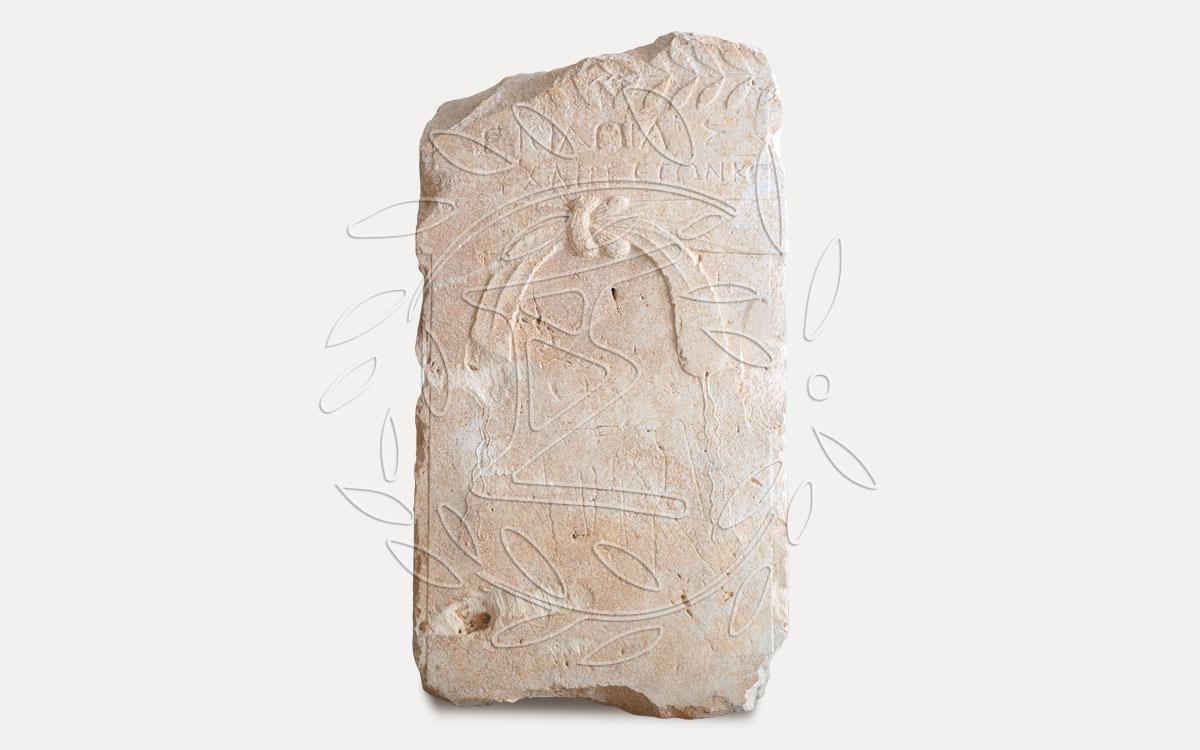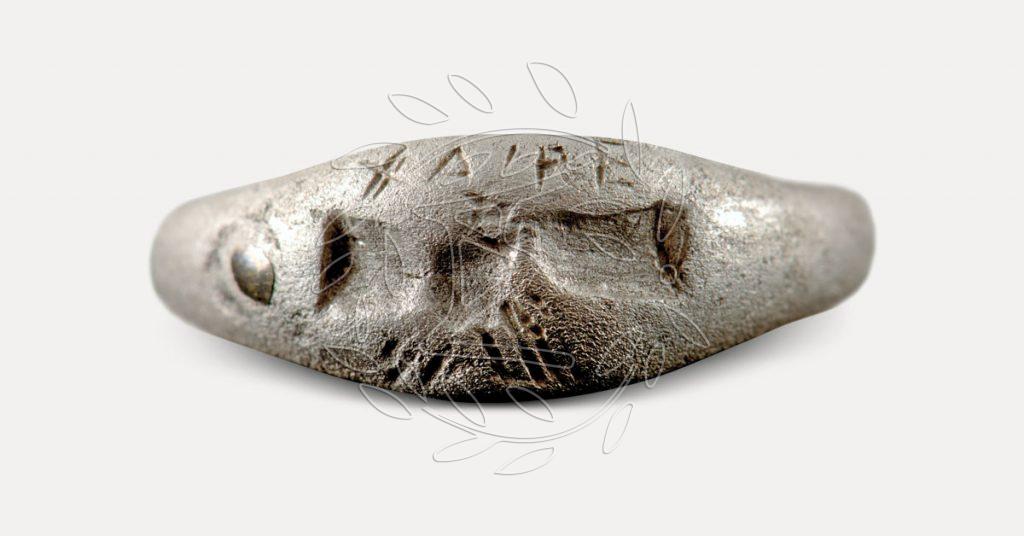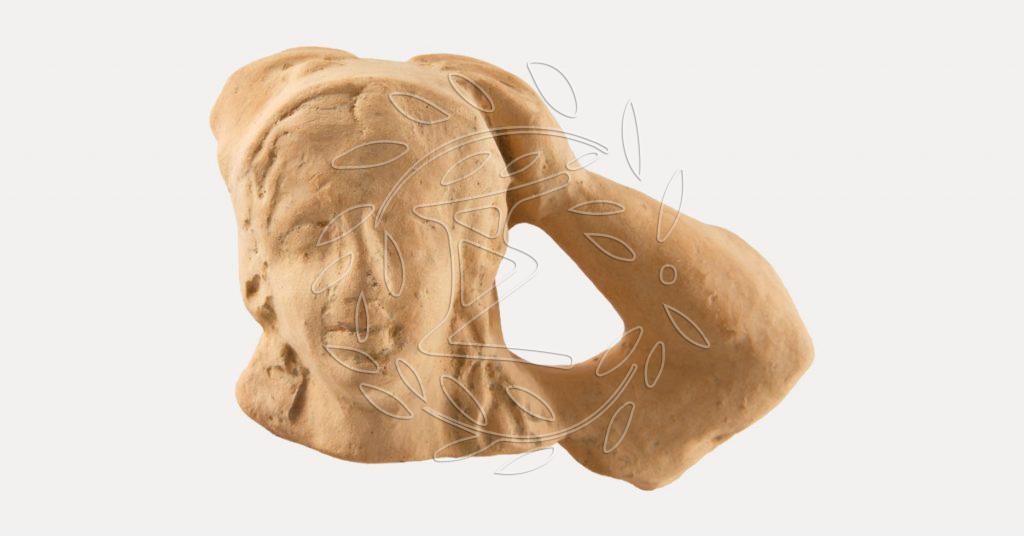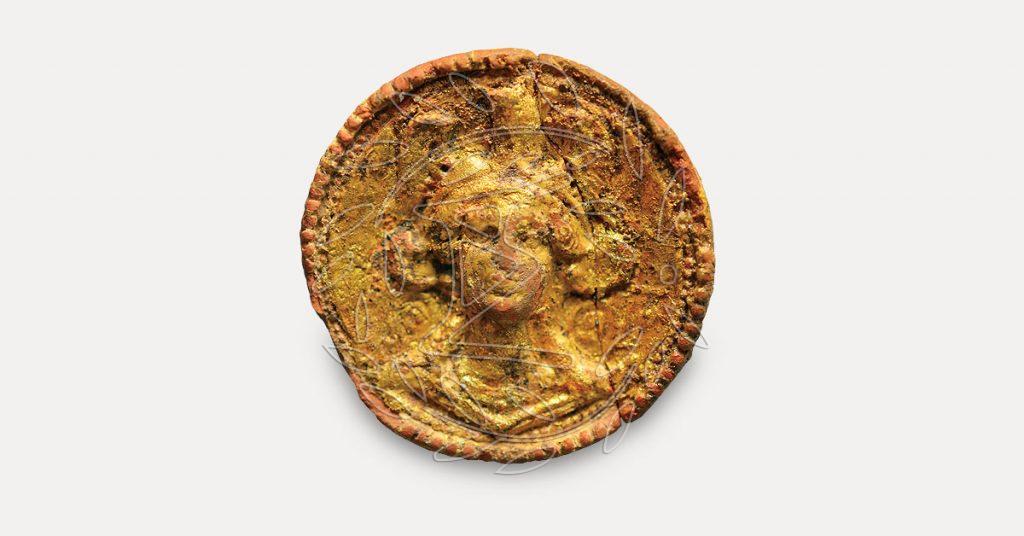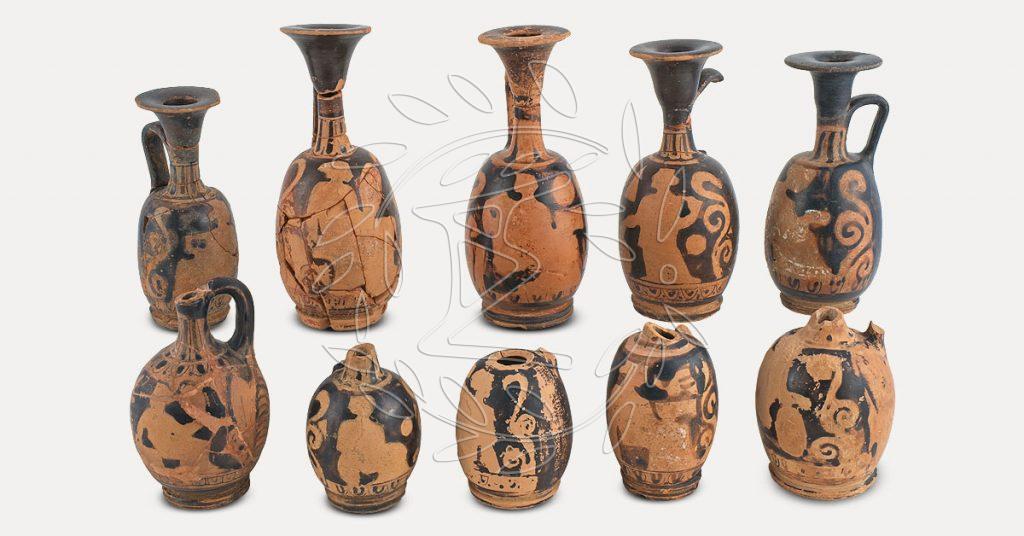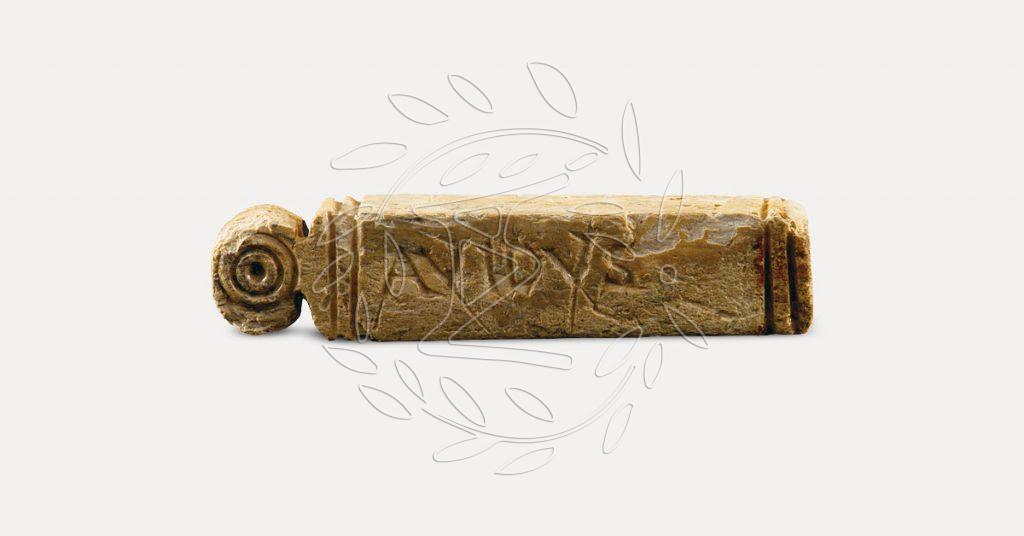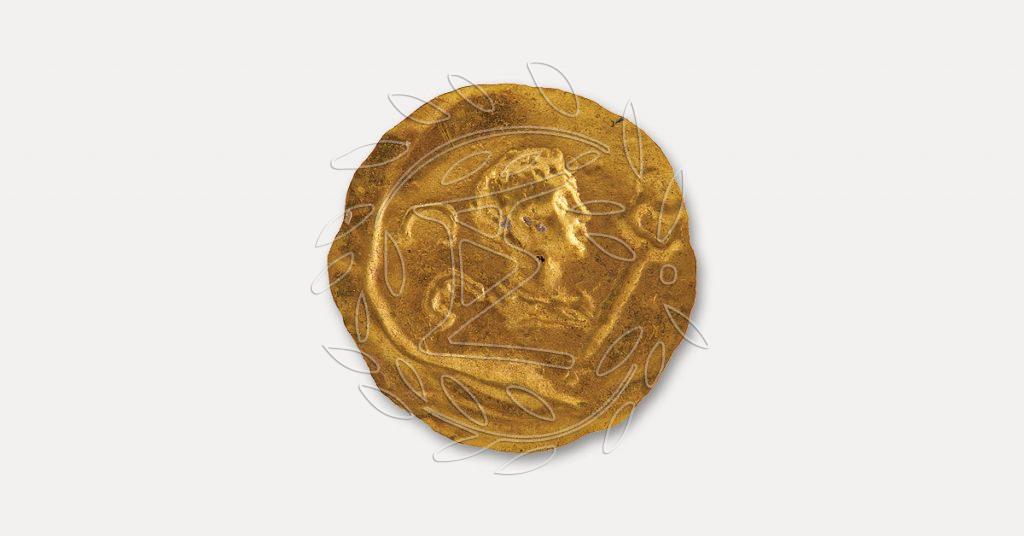Finds exhibited in Room 4 inform the visitor about the Samaians’ and Panormites’ burial practices, while also transmitting what the living felt for their beloved ones, who passed away, and their concern to bid them farewell in a suitable way.
It has been observed that objects accompanying the deceased represent the deceased themselves, as well as their beloved ones, who chose these offerings to bid them farewell.
The reconstruction of a part of a Roman mausoleum found in the city of Panormos intends to throw light on the monument’s architecture and the significance of the burial monuments for the city. Finally, the display of original sarcophagi coming from another mausoleum in the city’s cemetery has transported part of it inside the exhibition.



